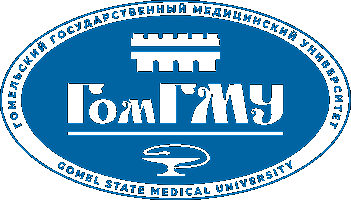Роль глутамата в энергетическом метаболизме тимуса
Citation
Никитина, И. А. Роль глутамата в энергетическом метаболизме тимуса / И. А. Никитина // Проблемы здоровья и экологии. – 2022. – Т. 19, № 4. – С. 87–94.
Abstract
Цель исследования. Провести анализ энергетической роли глутамата в тимоцитах и тканях тимуса на разных этапах его возрастной инволюции. Материалы и методы. Исследования проведены на белых крысах-самцах. Состояние энергетического обмена определяли по скорости потребления кислорода тканями тимуса и тимоцитами с использованием полярографического метода. Результаты. Установлено, что в тканях тимуса 4-, 5- и 6-месячных крыс скорость потребления кислорода постоянна и значимо не изменяется в ответ на введение глутамата. Тимоциты — иммунокомпетентные клетки тимуса животных 3- и 8-месячного возраста, несмотря на сходные уровни потребления кислорода на эндогенных субстратах, по-разному реагируют на действие глутамата. В тимоцитах 3-месячных животных действие глутамата оказывает более выраженный стимулирующий эффект на биоэнергетические процессы по сравнению с 8-месячными. Есть основание полагать, что снижение эффективности действия глутамата по мере взросления животных обусловлено процессами возрастной инволюции тимуса. Заключение. Глутамат стимулирует аэробное дыхание в тимоцитах 3- и 8-месячных животных, при этом величина стимулирующего эффекта в тимоцитах более молодых животных выше. Одновременно с этим глутамат не вызывает значимых изменений скорости потребления кислорода в тканях тимуса 4-, 5- и 6-месячных животных. Objective. To analyze the energetic role of glutamate in thymocytes and tissues of the thymus at diff erent stages of its age-related involution. Materials and methods. The studies were performed on white male rats. The state of energy metabolism was determined by the rate of oxygen consumption by thymus tissues and thymocytes using a polarographic method. Results. It was found that in the thymus tissues of 4, 5 and 6-month-old rats the rate of oxygen consumption is constant and does not signifi cantly change in response to glutamate administration. Thymocytes - the immunocompetent thymus cells of 3- and 8-month-old animals, despite similar levels of oxygen consumption on endogenous substrates, respond diff erently to glutamate action. In thymocytes of 3-month-old animals, the action of glutamate has a more pronounced stimulating eff ect on bioenergetic processes compared to 8-month-old animals. There is a reason to believe that the decrease in the effi ciency of glutamate action as the animals grow older is caused by the processes of age-related involution of the thymus Conclusion. Glutamate stimulates aerobic respiration in the thymocytes of 3- and 8-month-old animals, with a greater stimulating eff ect in the thymocytes of younger animals. At the same time, glutamate does not cause signifi cant changes in the rate of oxygen consumption in the thymus tissues of 4-, 5-, and 6-month-old animals.
Subjects
тимус
тканевое дыхание
тимоциты
глутамат
амитал
инволюция тимуса
кислород
полярографический метод
thymus
tissue respiration
thymocytes
glutamate
amytal
thymus involution
oxygen
polarographic method
Collections
- Том 19, № 4 [20]
